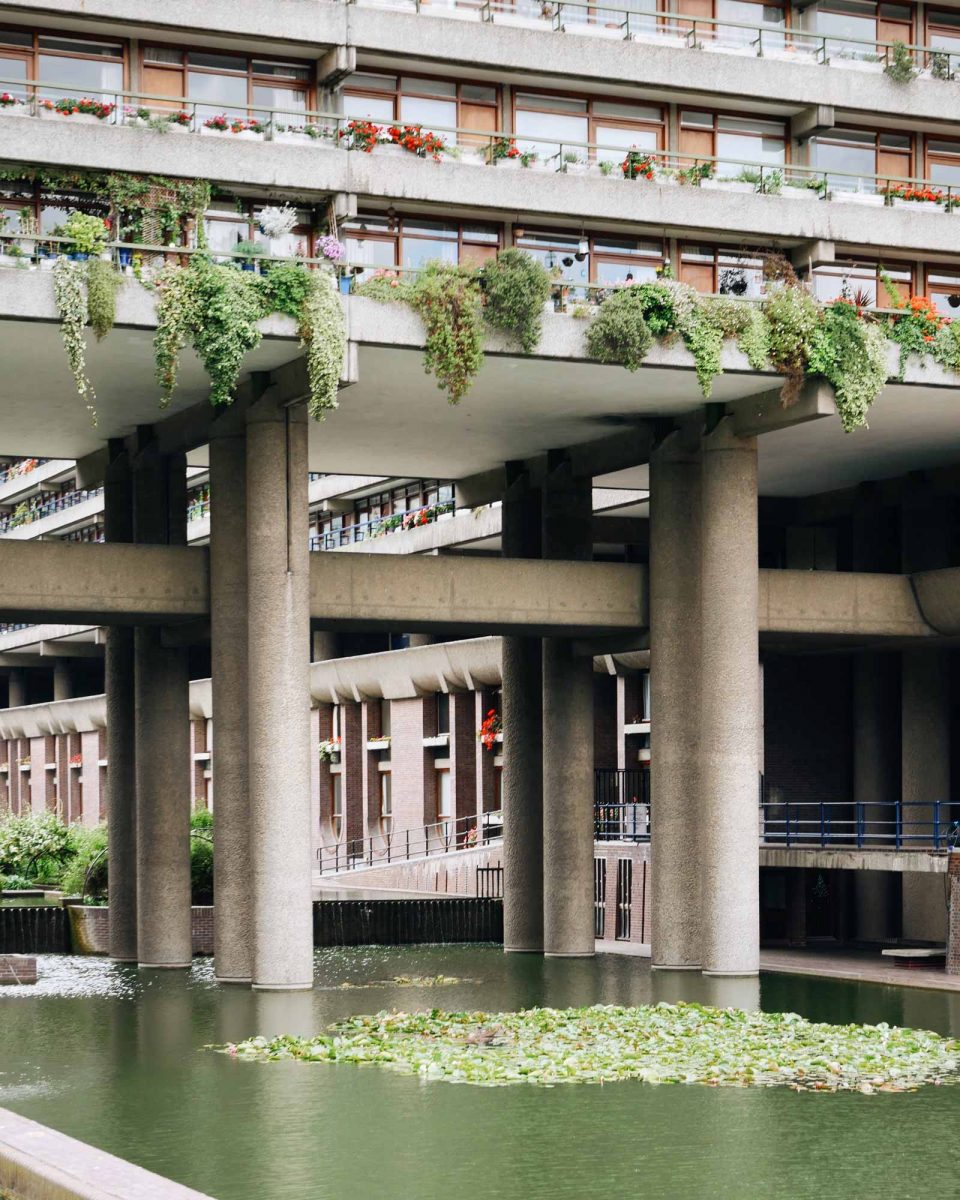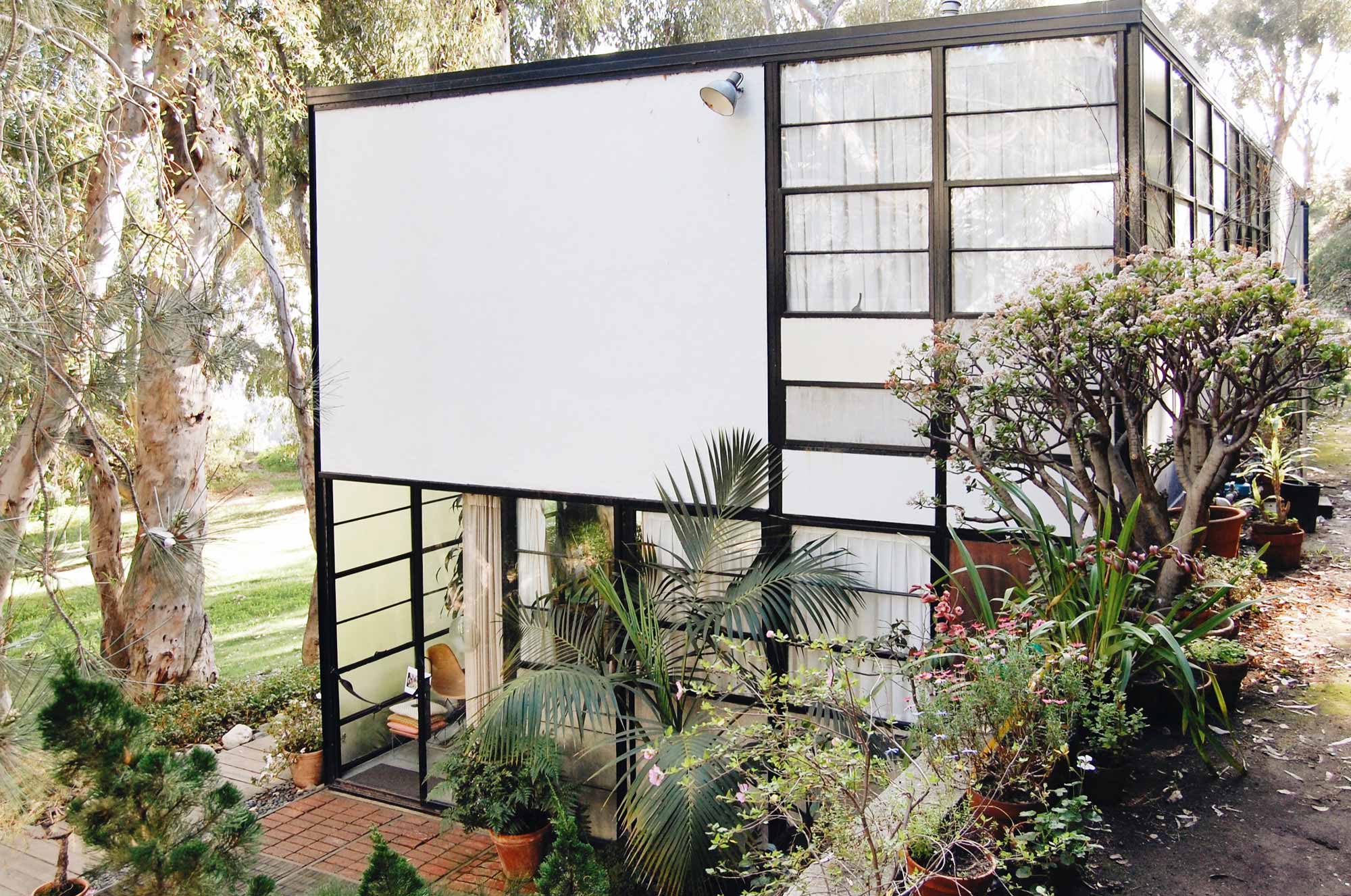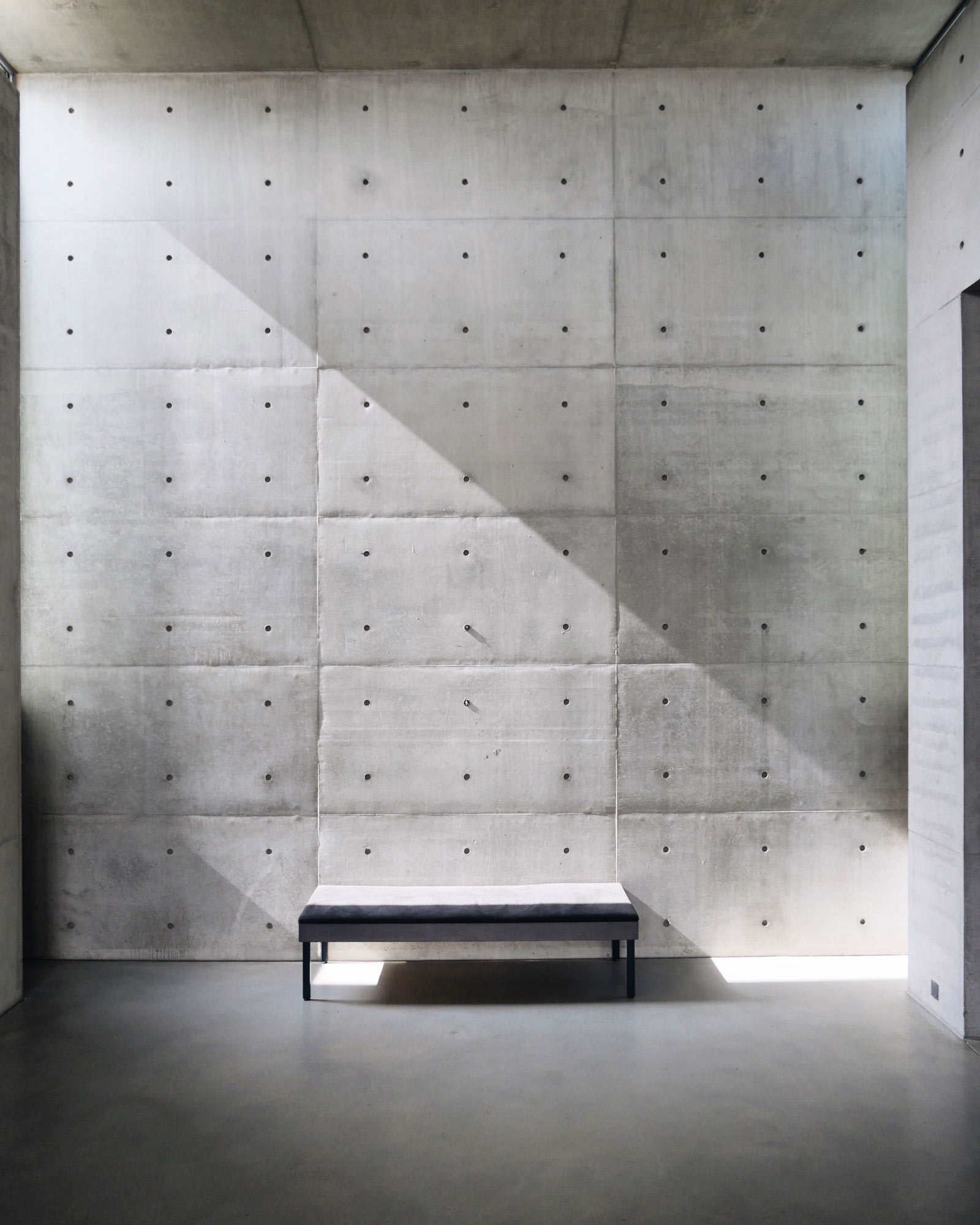Barbican Centre, London
Architect: Chamberlin, Powell and Bon
Project: Barbican Centre
Year: 1982
Location: London
Function: Performing Arts Centre, Residential
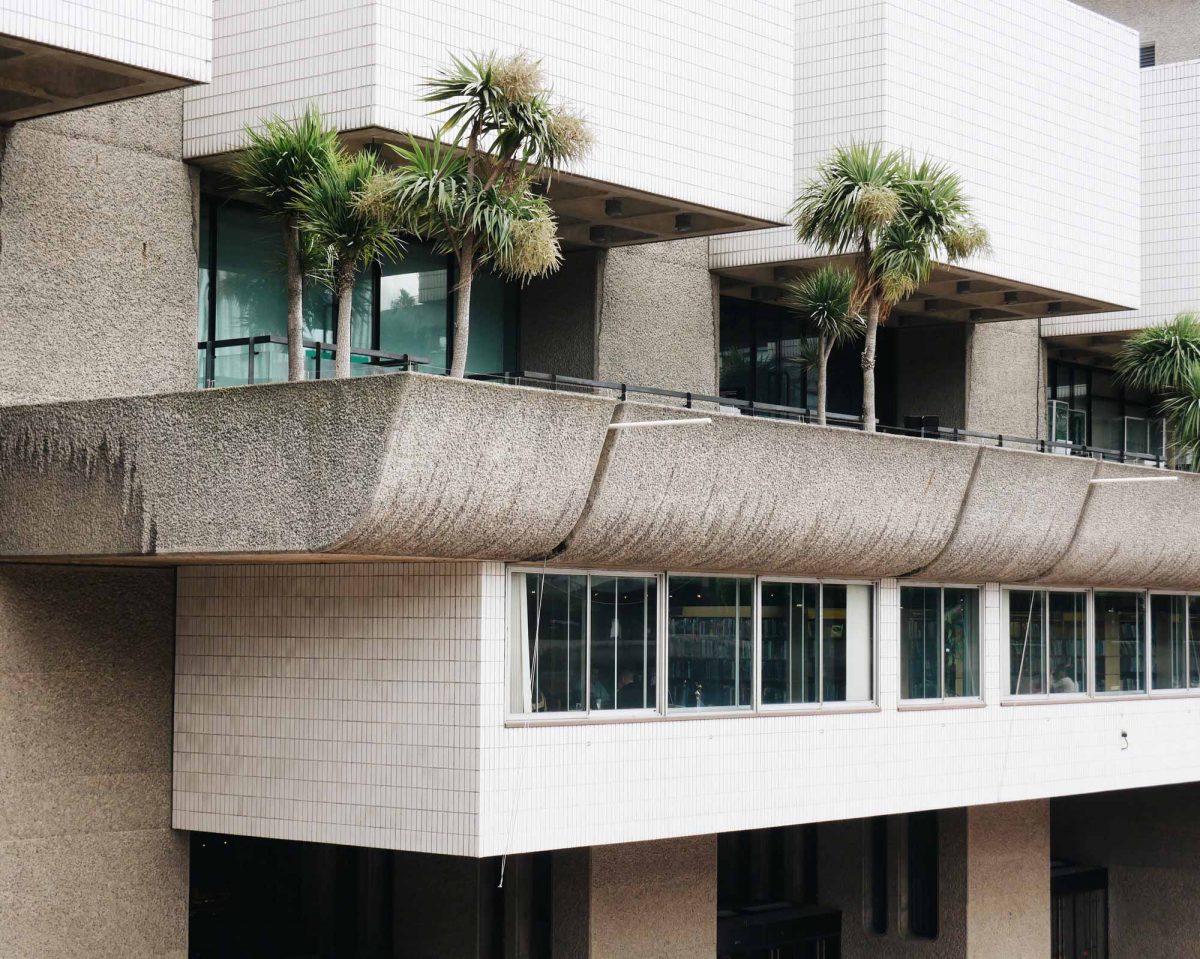
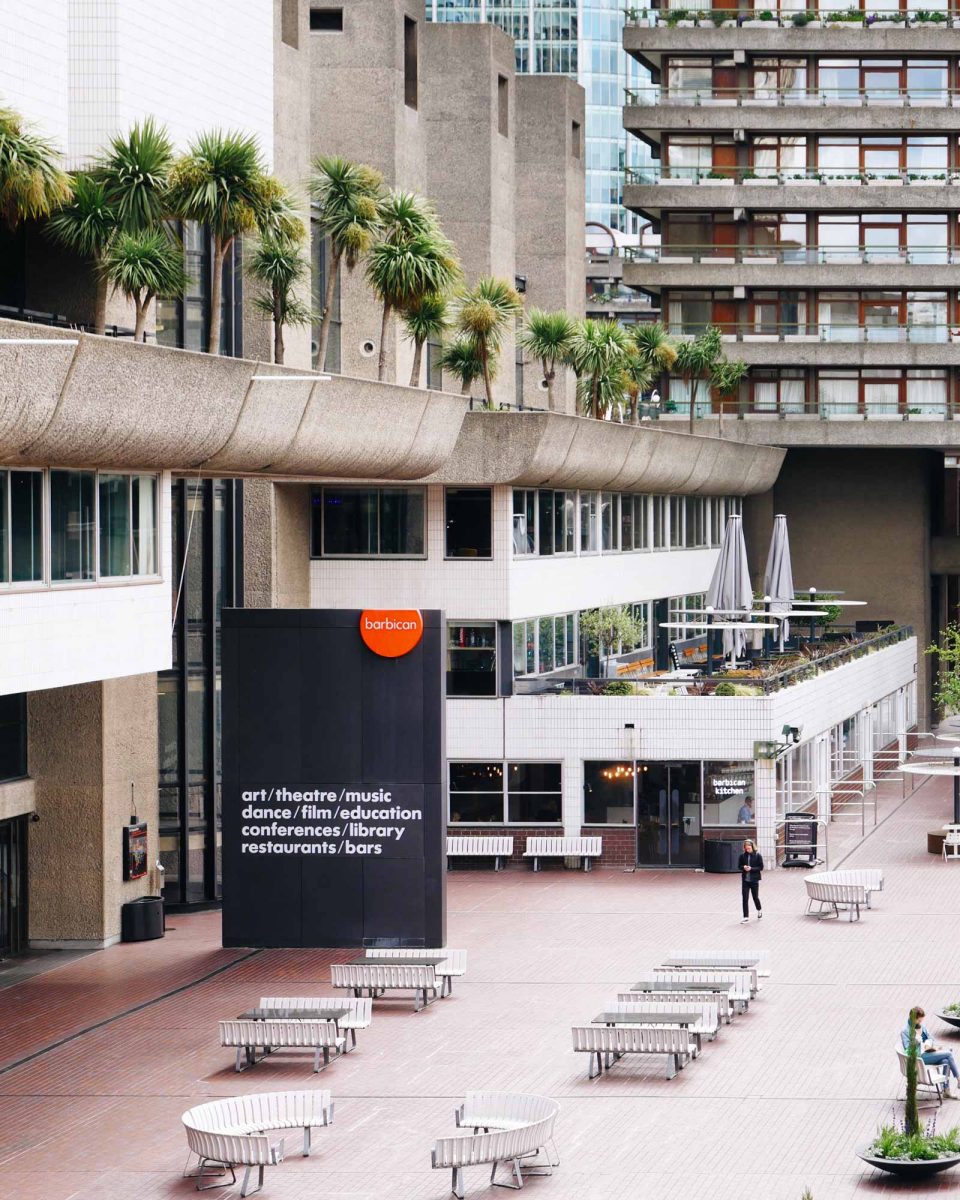
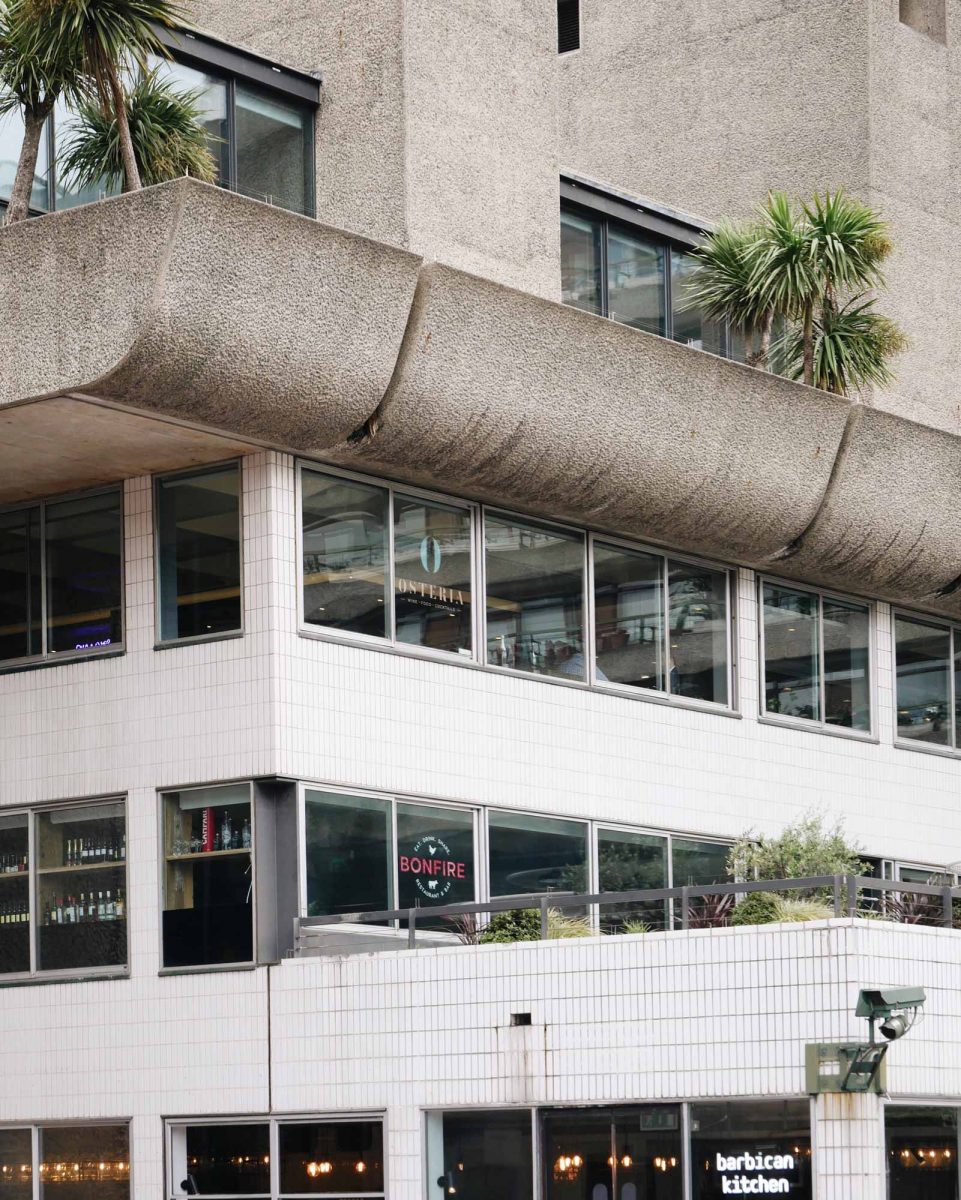
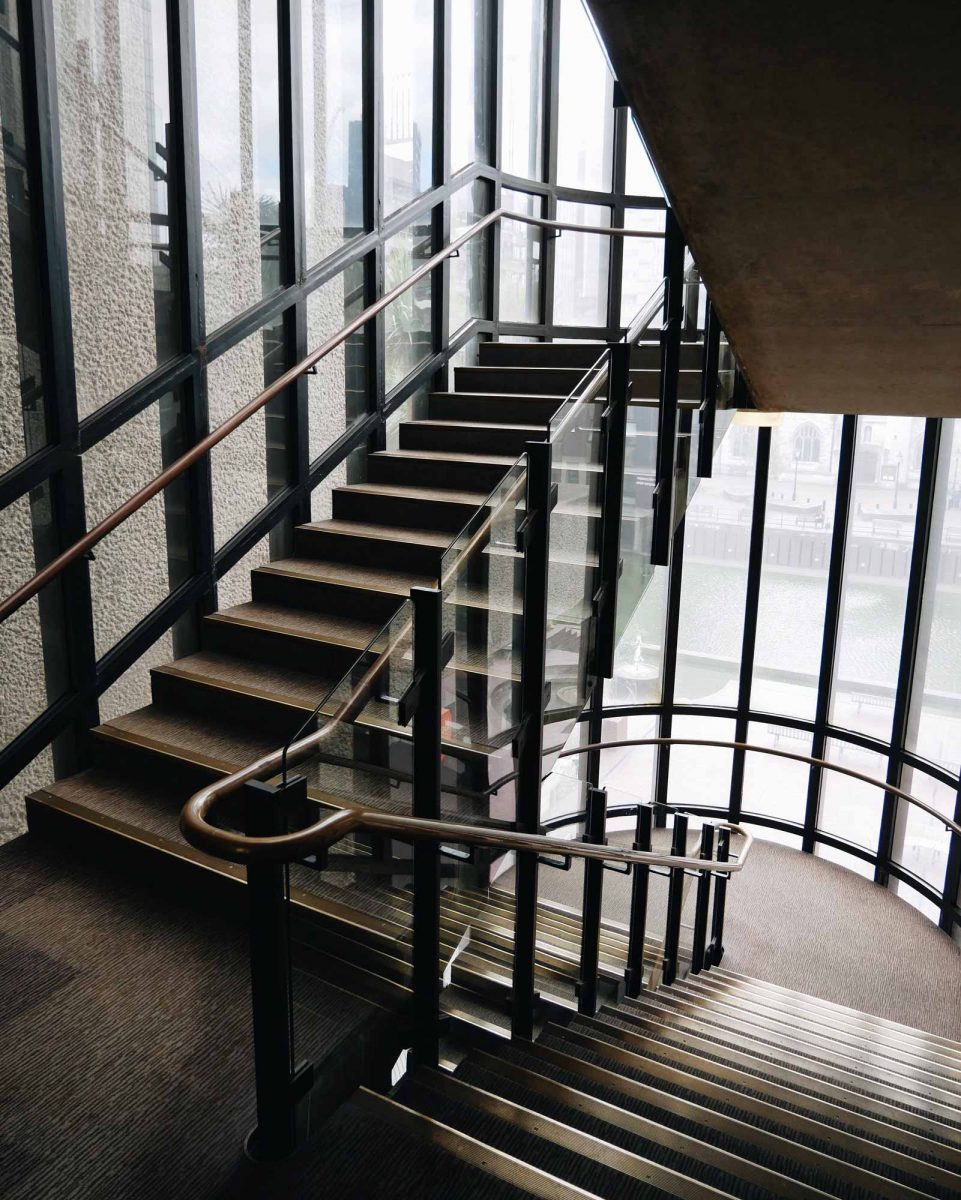
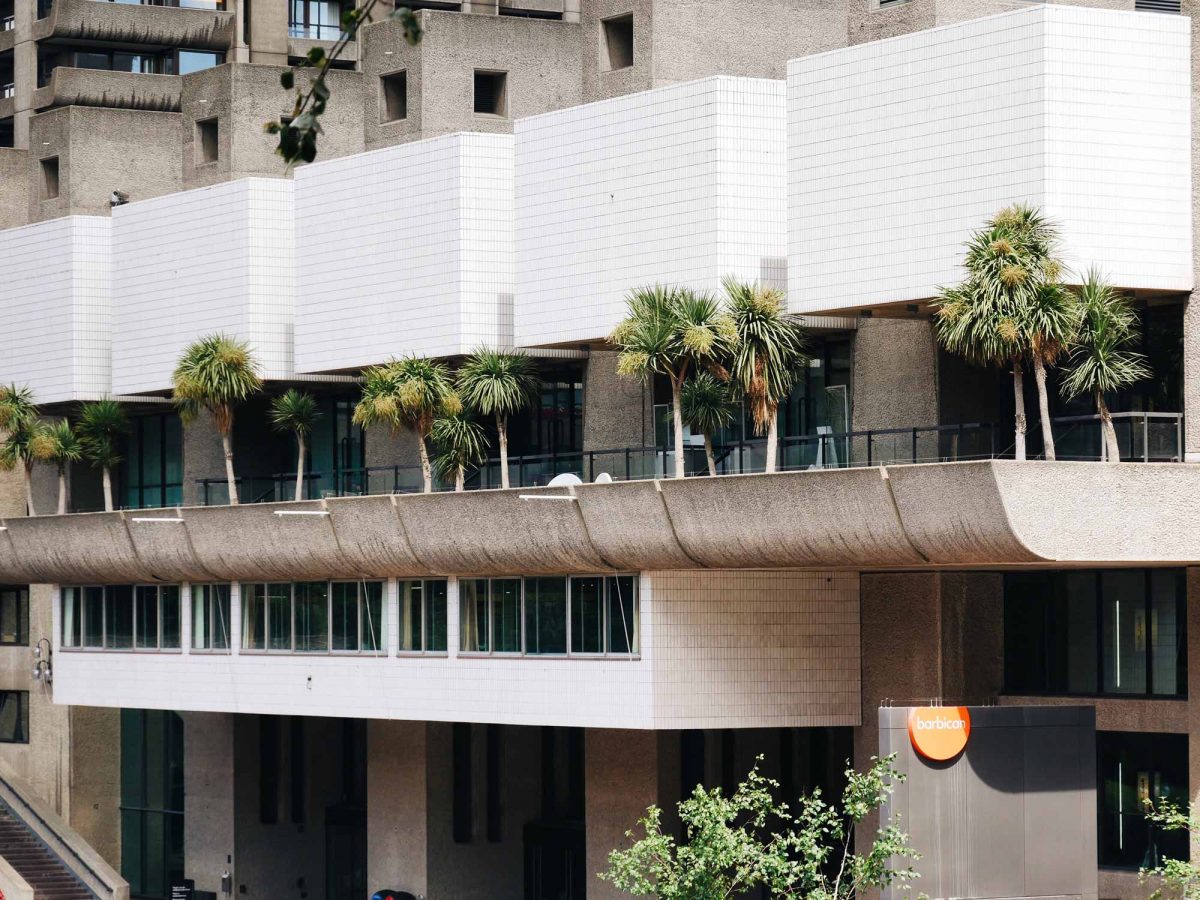
“The Barbican is the greatest piece of combined urban planning and architecture in Britain in the twentieth century. It was started and completed by just one firm of architects, Chamberlin, Powell and Bon. Nowhere before or since has the three-dimensional daring and complexity of its sunken gardens, soaring residential towers, public walkways on the roofs of houses and megastructures bridging the lakes been equalled, and nowhere else has such a rich mix of uses, from housing to the library, theatre, art gallery, cinemas of the arts complex, via two schools and a church, woven into such large continuous traffic-free pedestrian realm. The composition of continuous buildings and landscape are carried through in a bravura baroque style that is in the great British tradition of the bloody-minded picturesque, from Durham Cathedral via Smythson, Vanburgh, Hawksmoor, Nash, Soane, Lutyens and later Stirling.
Barbican is a three dimensional jigsaw. Here you don’t know where the ground level is, for there are multiple ground levels. It’s not predicated on buildings sitting on a street or an open space. It’s all about buildings and landscape interlocking. You look up, you look down, you look sideways and they all have a convincing claim to be the effective terra firma. The total effect is that the buildings don’t so much stand as meld into various levels of landscape. And what landscapes. The squares of grass and trees are some of the most handsome in London, in the tradition of shared spaces like those of Notting Hill and Maida Vale without streets and traffic, and with the bonus of public pedestrian spaces and routes overlooking them. The lake, however, is unique – gushing down a waterfall at one end, tranquil in front of the City of London School for Girls at the other, and extending to fountain basins in front of the Arts Centre.
The Barbican has this sheer physical joy – what architecture can do with long horizontal buildings combined with tall vertical ones. These are still some of the most handsome residential buildings in London. The horizontal ones are the quintessence of horizontality and repetition. The verticality of the towers is equally emphasised. None have been bettered. There’s something about the three towers – so smouldering, and craggy, and darkly dramatic. The most elemental habitations, the generosity of the balconies clear in the idiosyncratic silhouettes.”
– Piers Gough: Foreword, in: Elain Harwood: Chamberlin, Powell and Bon. The Barbican and Beyond, London 2011, p. VII-IX
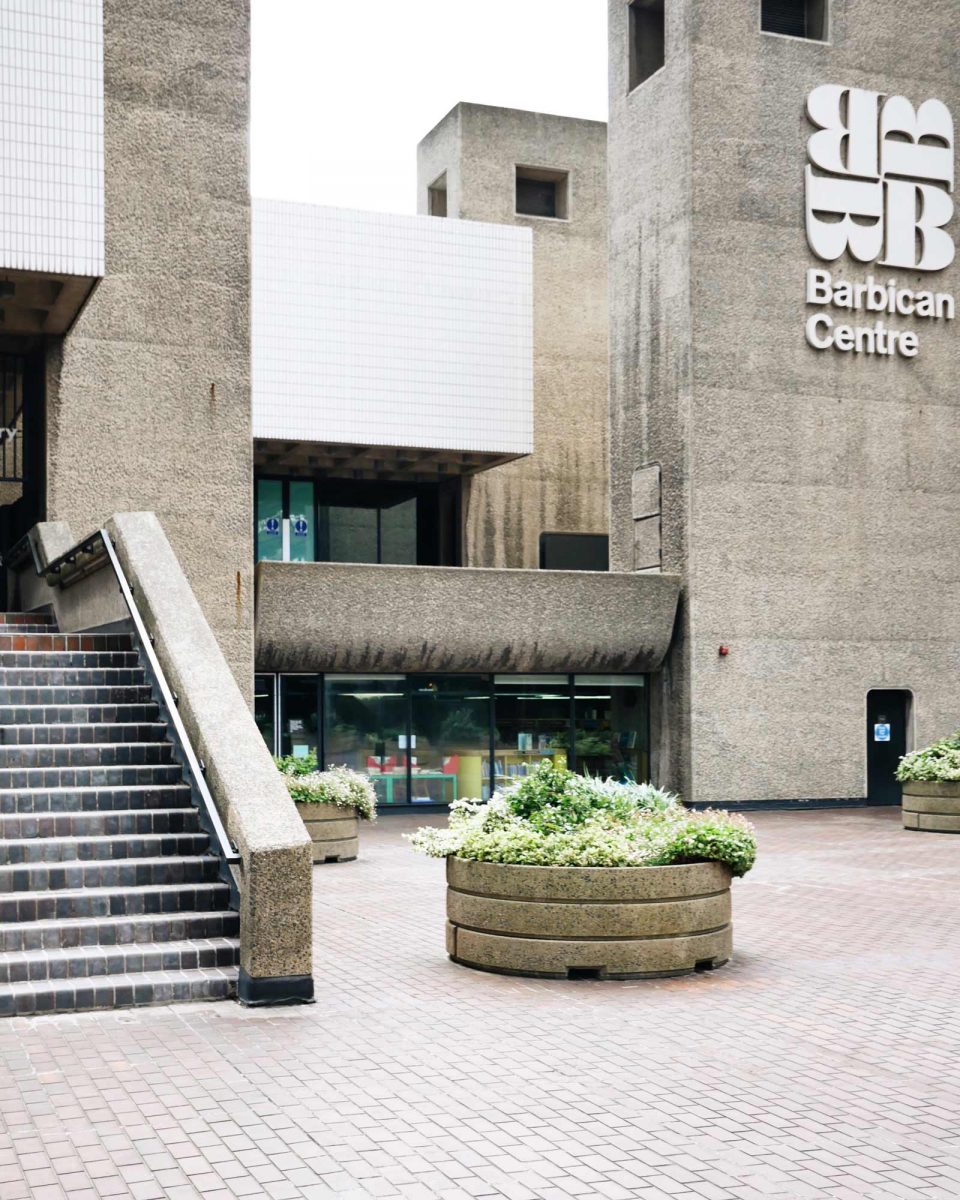
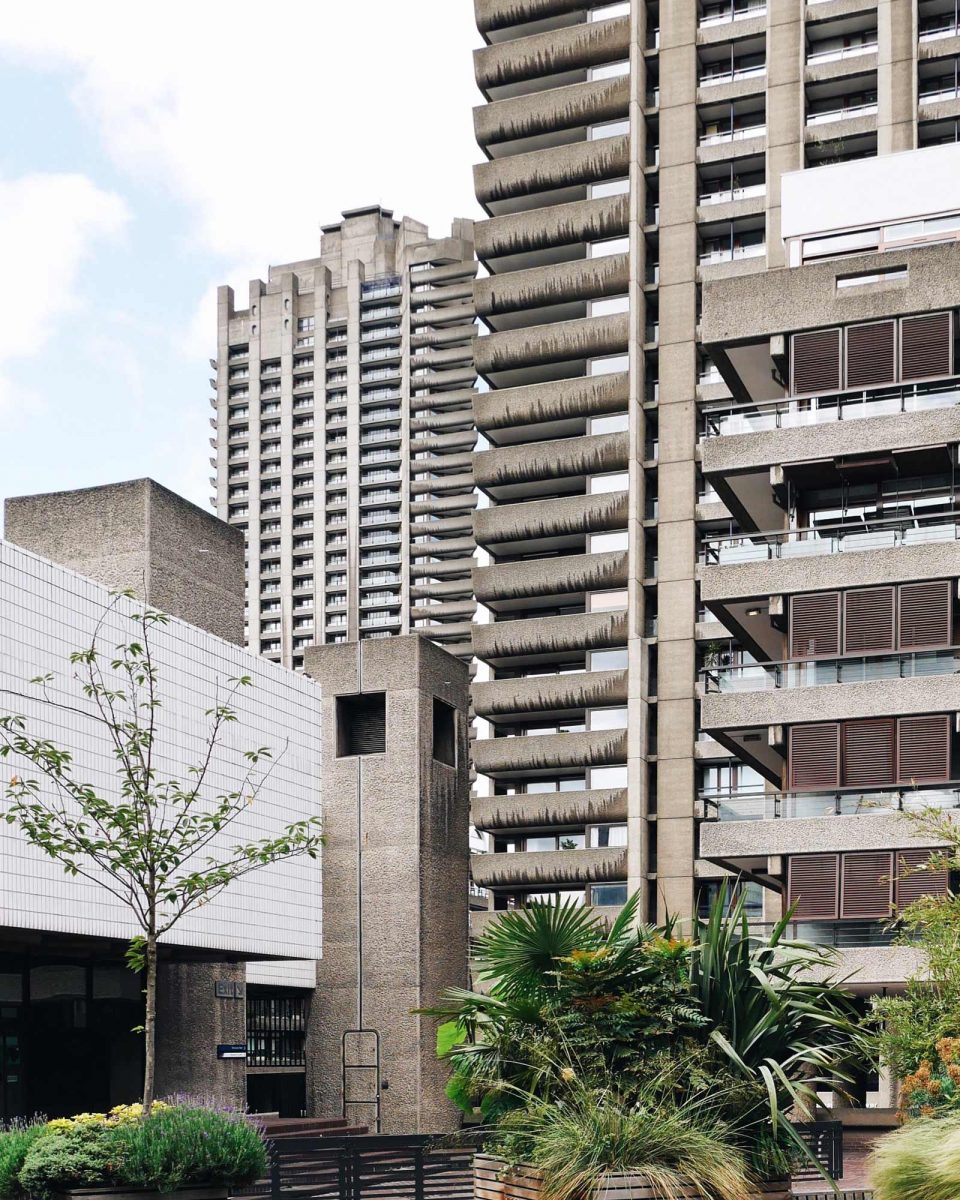
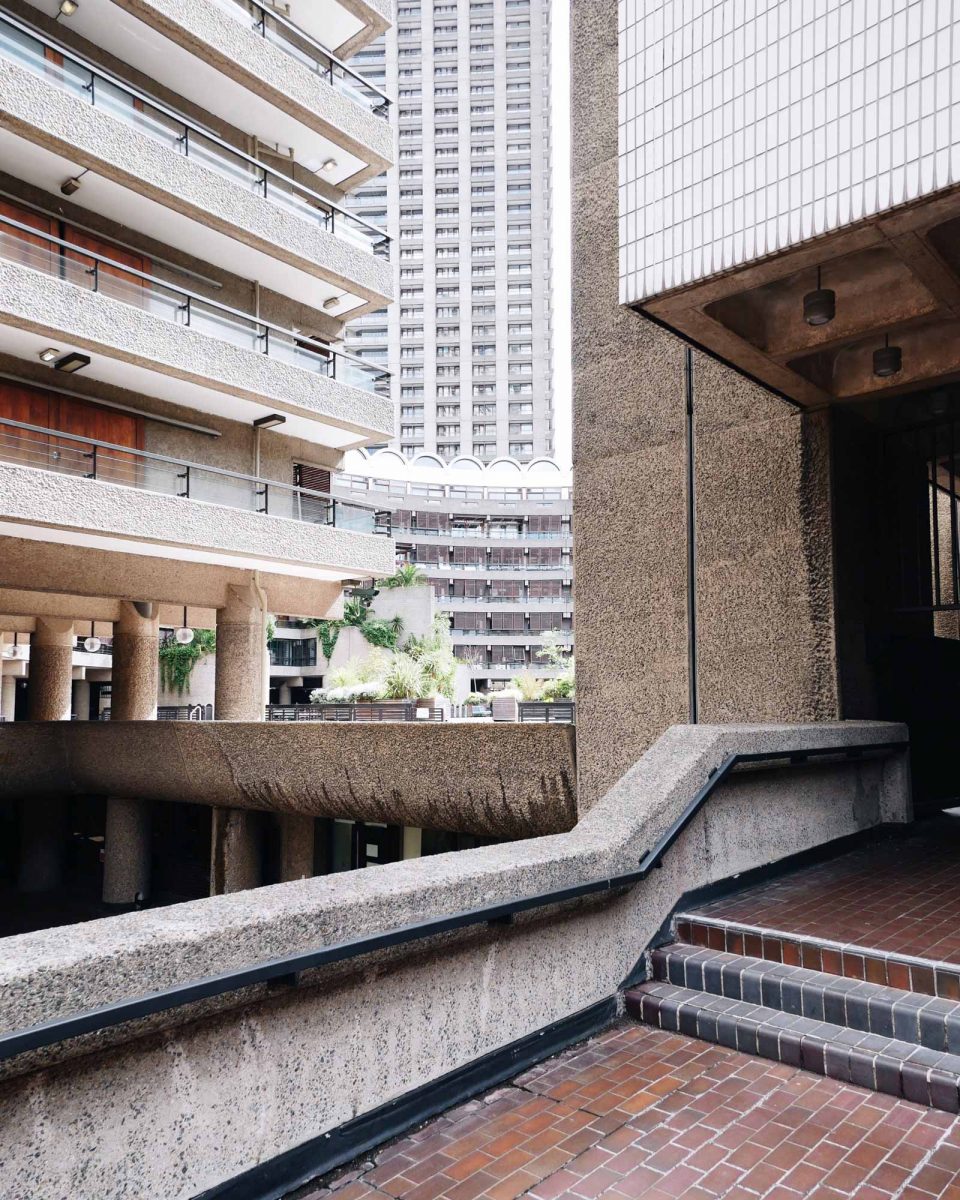
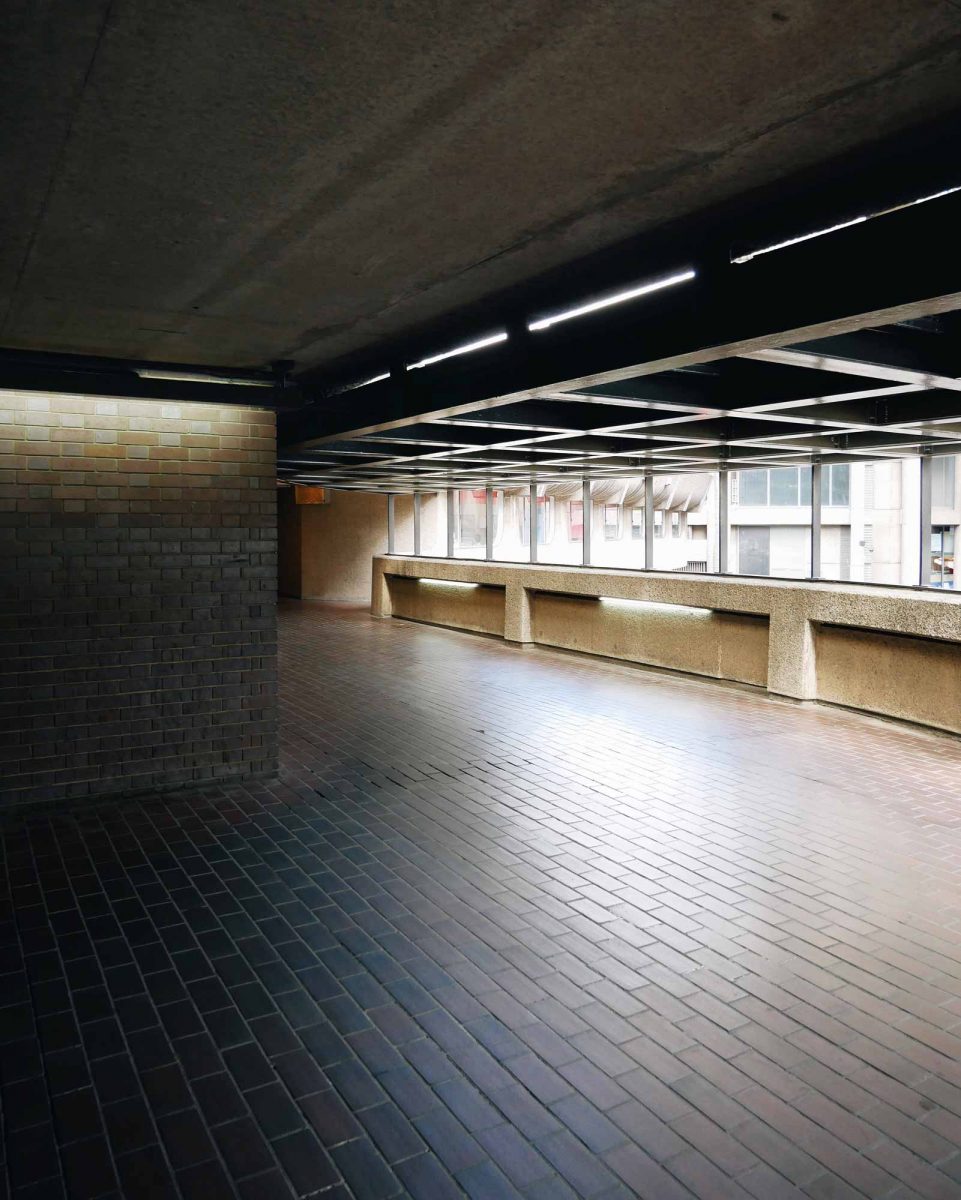
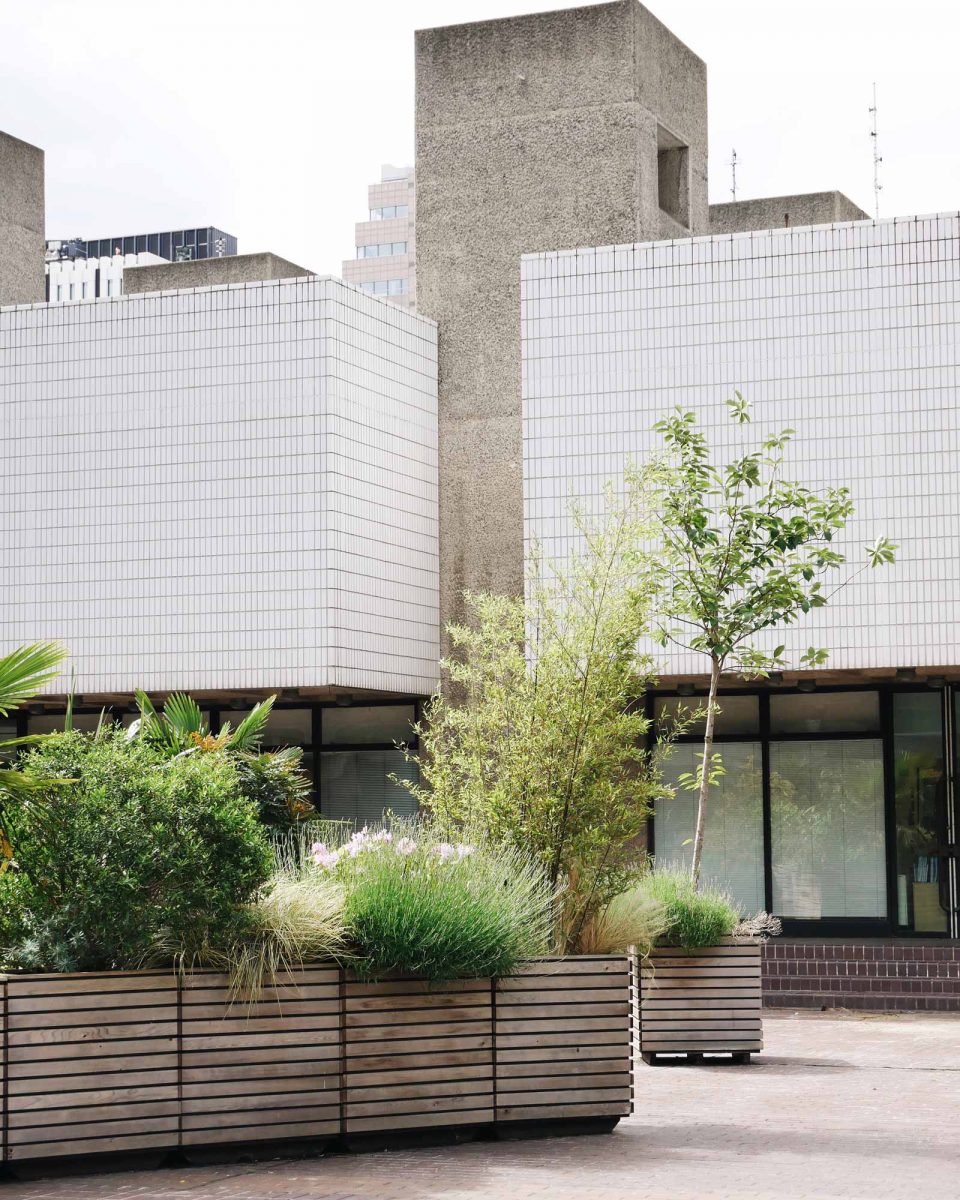

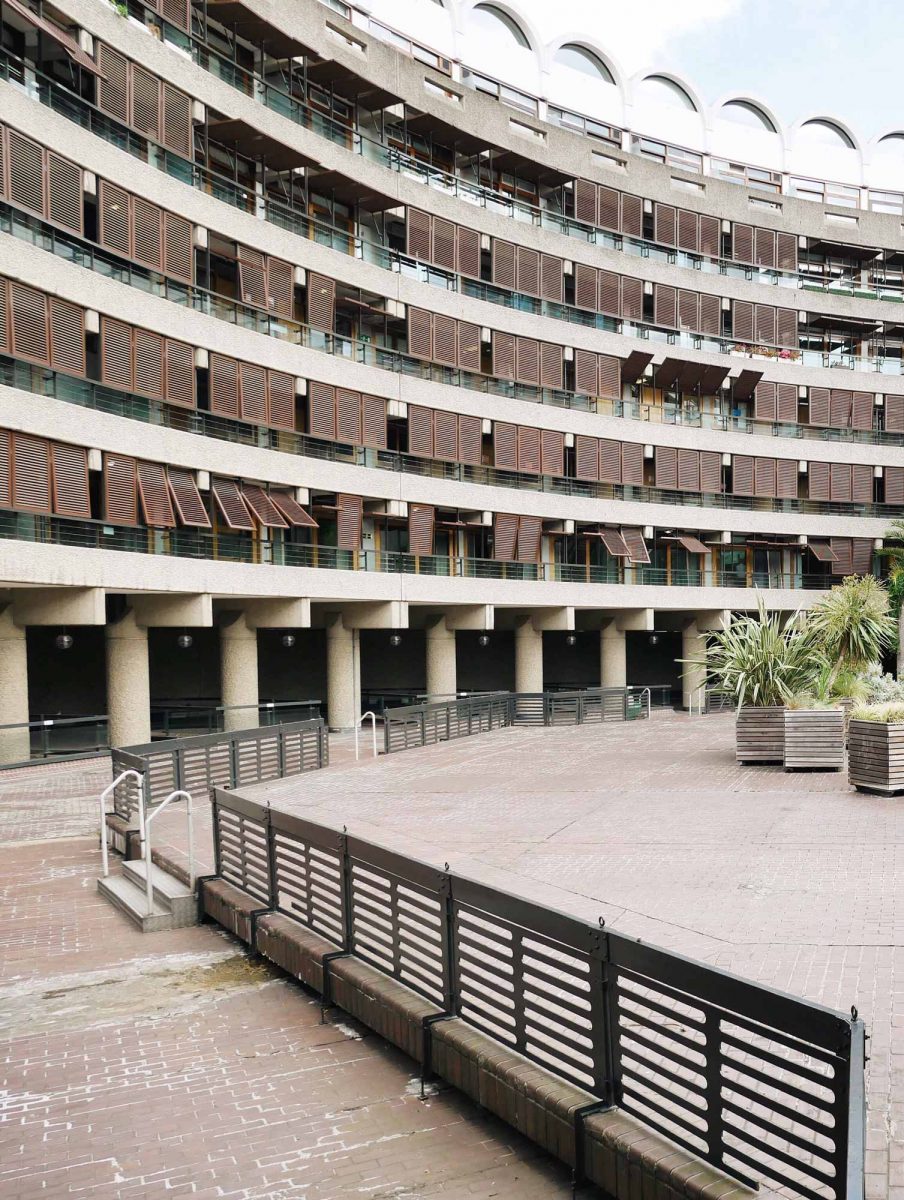
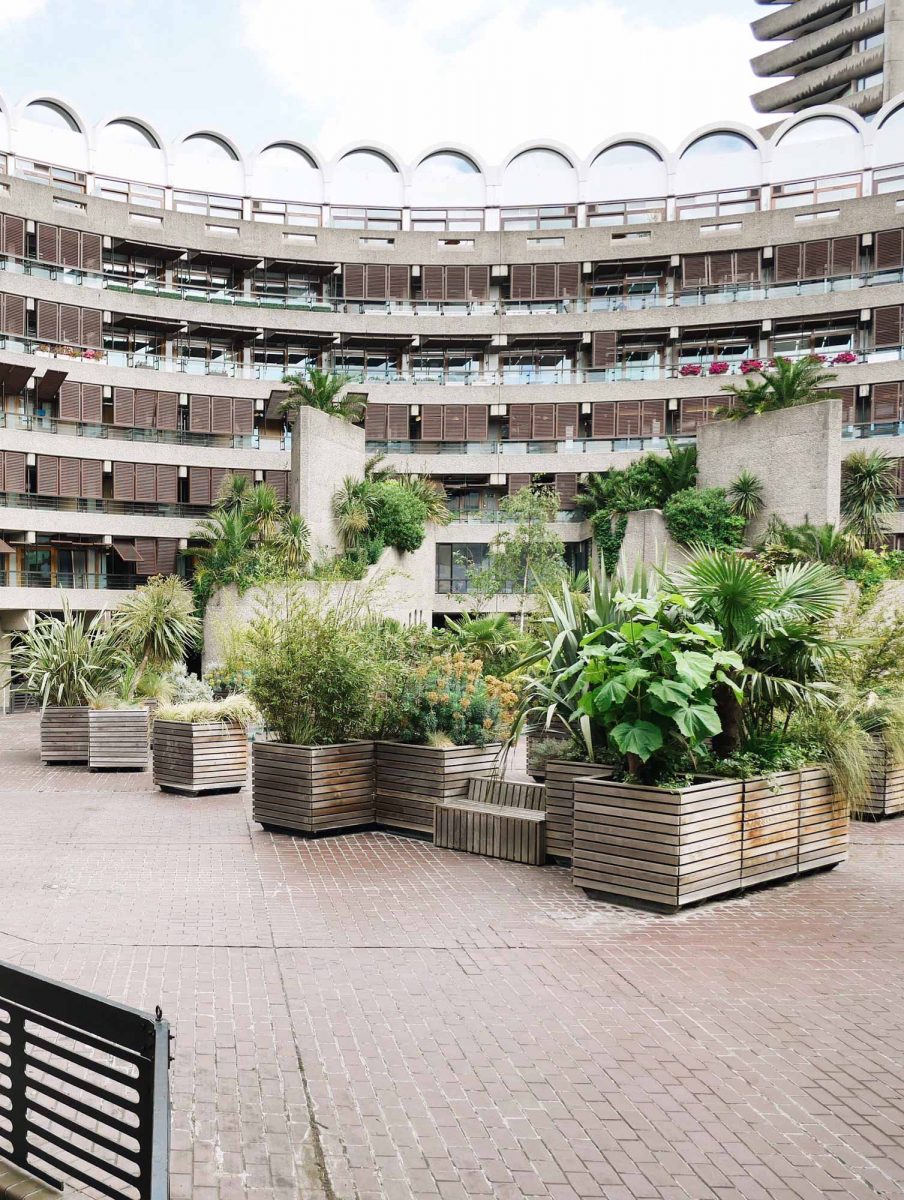
“At the centre around the lake is still the most spectacular man-made public or private space in London, seemingly strongly defined by the horizontal buildings but also segueing into other overlapping spaces. The girls’ school drops sheer into the water like a protective moat. The restaurants of the Arts Centre spill out onto south facing terraces. The Guildhall School is also there in the mix. There are sunken gardens in the lake itself. Then, in the most outrageously brilliant piece of theatre, a building on a massive colonnade blithely crosses the centre of the space with a public bridge-cum-walkway suspended below between the pilotis – sublime.
The Arts Centre is central to the complex, and like the exterior there are many levels and half levels flowing around each other above and below you with views up and down and people appearing everywhere. The architects may not have had a track record in theatre design but they contrived a brilliant auditorium of all seats with no aisles. Doors at the end of each row of seats next to the access staircase close automatically when the performance starts, creating the best possible space to act to, being all people and no gaps.
Looking back the post-war seems like a golden age of a general belief in the power of architecture to change society, its architects reflecting the politics of nationalisation with a strong sense of social responsibility. But this turns out to be a rather rose-tinted hindsight. The Barbican was always on a knife edge, opposed by the GLC and two successive chief planners; it was only narrowly voted through by the City Corporation. Then as ever the drive of a few individuals and the architects was vital to the success of these seemingly dream projects.
(…) The return in new city planning, from Dubai to China, of pompous boulevards lined with separate hermetic buildings completely inhospitable to human pedestrians is one of the depressing legacies of the rejection of the three-dimensional city. Perhaps the next generation will be inspired to rediscover the brilliant experiments of Chamberlin, Powell and Bon.”
– Piers Gough: Foreword, in: Elain Harwood: Chamberlin, Powell and Bon. The Barbican and Beyond, london 2011, p. VII-IX
